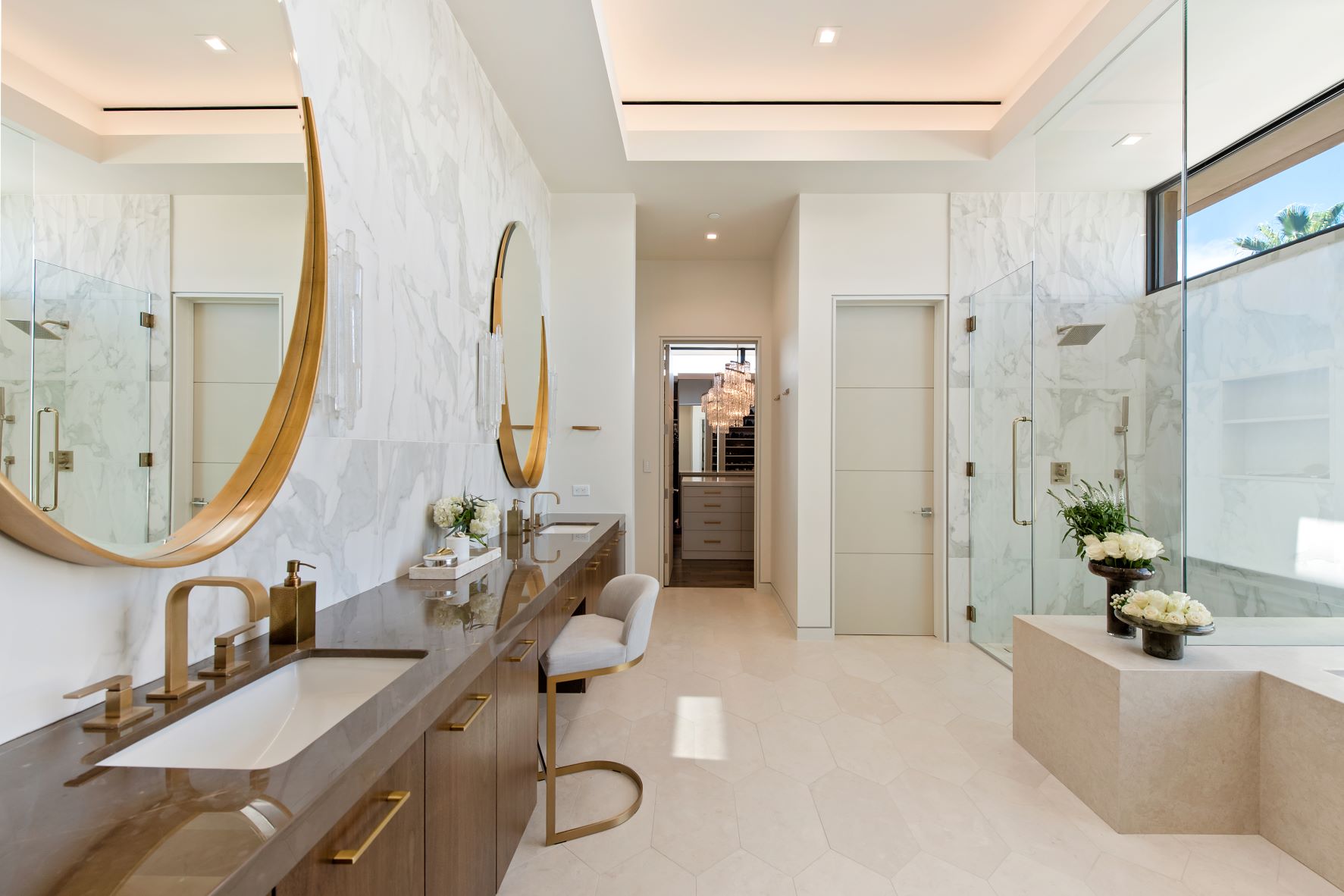Understanding what variables impact custom home schedules decreases your odds of delayed timelines.
Many clients approach a custom home builder with an idea about how long it should take to finish their new home. Some underestimate the time the project will require, and others expect it to take a lot longer.
Every custom home builder loves being able to deliver a quality home on budget and ahead of schedule, but the truth is that it’s better for everyone when the clients have an accurate understanding of the variables that impact custom home schedules. Here are some of the key factors.
Design matters
The biggest variables in custom home schedules are size and design. It’s no surprise that a big, complex home will take longer to build than a small, simple one.
Assuming the homeowners do not yet have plans, they will need to include time for the planning and design work.
Ballparking a timeline is straightforward when the custom home’s size, layout, and specifications are like others the builder has completed in the area. But for a unique custom home, the builder, the client, and the architect need to work together to develop a realistic timeline.
Another consideration is when the homeowners would like the home to be ready. Do they want to move in by August so their kids can start the school year in that town? Do they want it done by May so they can host a family reunion? The builder can work backward from that, but with a firm deadline, it’s best to start the project as soon as possible. That includes building in extra time to account for unexpected delays.
Keeping the authorities happy
Another scheduling factor is the permitting process. The number of permits and approvals required affect the time a project will take. Depending on the custom home’s location, the project may need signoffs from the zoning board, the building department, the health department, the fire department, and even the homeowners association.
The process is usually straightforward and predictable, if frustratingly slow, but sometimes it can be a wild card. The municipality might normally have a two-week lead time for reviewing and approving plans, but that time can stretch out if the building inspector has unexpected questions or concerns.
While the builder can’t eliminate permitting delays, it’s important to remember that bureaucracies are staffed with human beings. It is human nature to give better service to someone you know—someone who has tried to understand your processes and priorities. One easily overlooked advantage of working with an established custom home builder is that its people will have created good working relationships with the local authorities.
What homeowners can do
Once the project gets underway, the most important thing homeowners can do to reduce the chance of delays is to make design and product decisions on or before the deadlines set by the builder. These decisions range from choosing custom cabinets early enough for them to be built and delivered when needed, to communicating the preferred furniture layout so that electrical outlets won’t have to be moved later.
Homeowners who want the project to keep humming along on schedule won’t change those selections after making them. Changes made late in the design stage can delay the plan; changes after project kickoff can delay the finish date. Homeowners who understand this will invest the time and effort needed to make firm decisions.
The homeowners with the smoothest projects take a partnership attitude. They understand how seemingly small decisions can have cascading impacts on the schedule, so they work with the architect and builder from the initial design concept all the way to the final punch list.
It should come as no surprise that this partnership works best when you choose a professional custom home builder you know you can trust.




